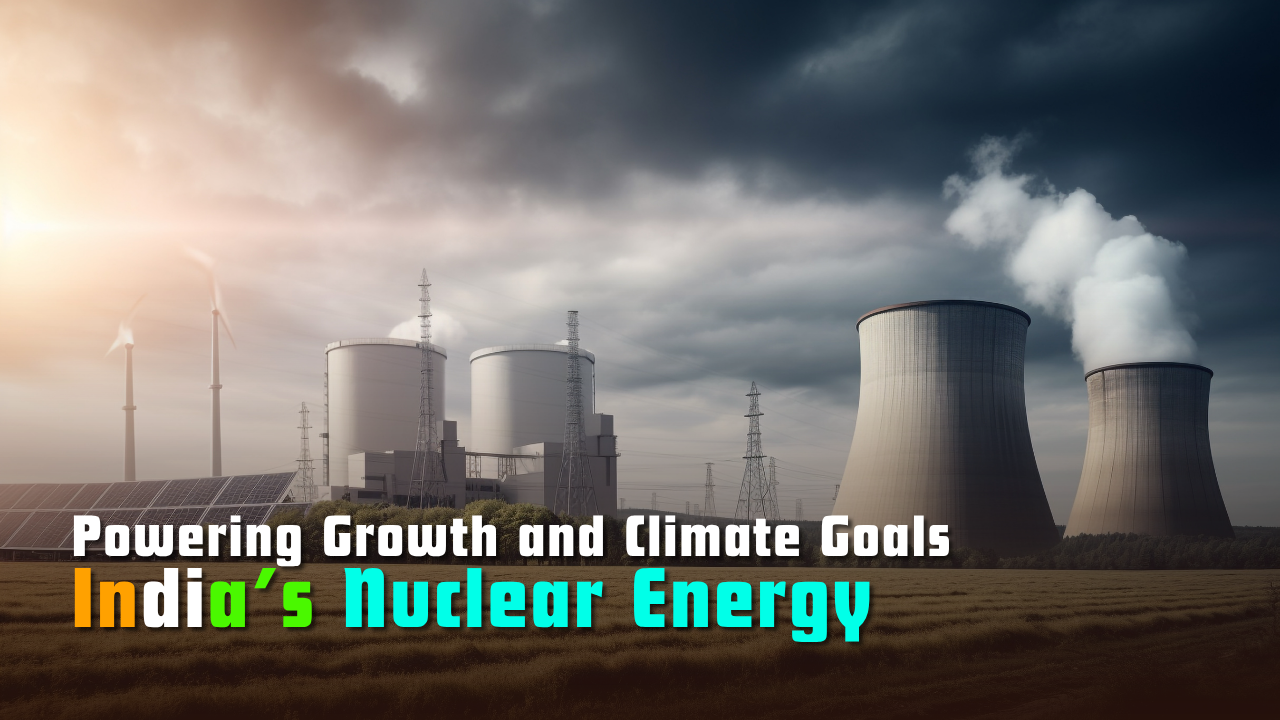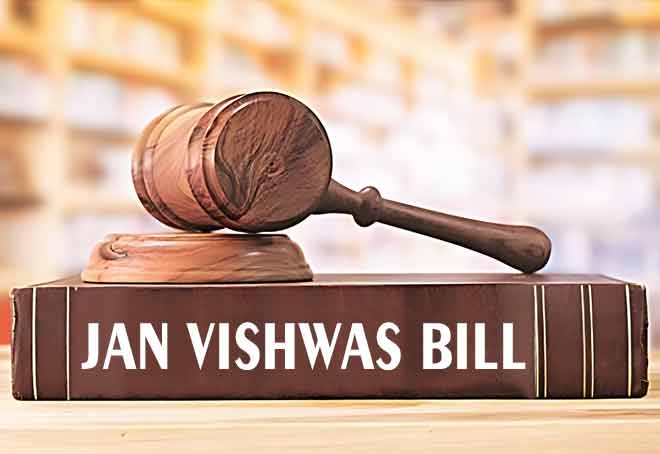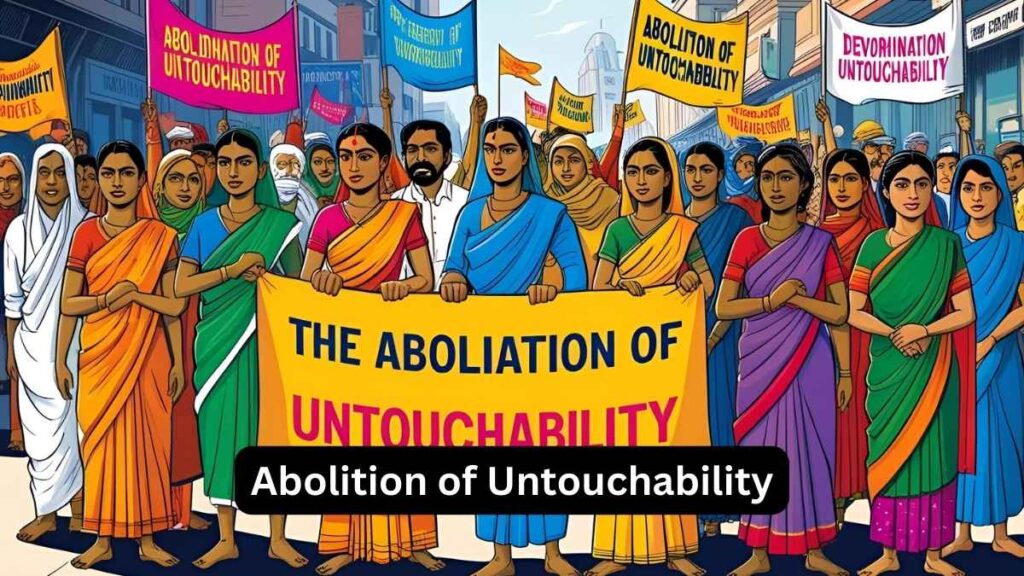India’s Nuclear Energy : Powering Growth and Climate Goals
India’s bold plan to expand nuclear Energy to 100 GW by 2047 aims to meet energy and climate goals, but needs legal reforms, public trust, and balanced policies.

Introduction: India’s Nuclear Energy Gamble
India is standing at a crucial crossroads in its search for sustainable energy. With more than 1.4 billion people and an economy that grows busier and more electrified every year, the nation faces a mounting need for reliable and clean power. The government’s new plan—to increase nuclear power capacity from just over 8 gigawatts (GW) to a staggering 100 GW by 2047—signals an “ambitious recalibration of [India’s] energy and climate strategy in decades,” as Rakesh Sood (“The Nuclear Power Debate: India’s Bold Energy Gamble,” The Hindu, July 23, 2025) remarks. This vision is not only about keeping up with growth, but also about meeting climate goals, as Sood notes, aiming for a “wealthy, successful country by 2047 and achieving ‘net zero’ emissions by 2070.” Yet, the question lingers: Is this bold gamble on nuclear power the solution, or does it open India up to new risks and old hurdles?
India’s Quest for Power
To truly understand why the nuclear option has become so central to India’s energy debate, it is important to look at the scale and nature of the nation’s power needs. Electricity is essential for daily life, from lighting small homes to running big hospitals. With a huge and growing population, India’s demand for power keeps rising. Most of this energy has come from coal, which is easy to find but causes a lot of pollution and harms the environment. To help fight climate change, India has promised to reach “net zero” emissions by 2070.
Renewable energy sources like solar, wind, and hydro are cleaner, but they depend on weather conditions, so they cannot provide electricity all the time. This makes it hard for a large country like India to rely on them alone. Nuclear energy, however, offers a big advantage. Unlike renewables, nuclear power stations can produce a steady supply of electricity day and night, without polluting the air. This helps India industrialise while also keeping the environment cleaner.
Striving for Self-Reliance
But for India, embracing nuclear energy has never simply been about technology—it has also been about building independence and resilience in a challenging global environment. Since the 1950s, when scientists led by Dr Homi Bhabha built Asia’s first research reactor, India has worked to stand on its own. After the 1974 nuclear test brought international sanctions, Indian engineers had to find their own solutions, designing special reactors to suit the country’s needs.
Yet, as Sood frankly acknowledges, “the journey has been long and difficult.” The grand dreams of early planners often collided with harsh realities: wars, technology embargoes, and lack of access to critical materials. India’s targets for nuclear expansion were frequently missed. For example, a target of 8 GW by 1980 was set in the 1950s but remained unmet decades later. It was only after years of painstaking negotiation, including the important 2008 waiver from the Nuclear Suppliers Group (NSG), that India could buy reactors and fuel from abroad. However, progress has been slow, as deals with countries like France and the United States have taken many years. Because of this, Russia remains India’s main partner. Still, India continues its efforts, knowing nuclear energy is vital for growth.
Policy Roadblocks for Expansion
However, India’s progress in nuclear energy has faced challenges not just from technology and international issues, but also from its own laws. Even though there is a huge need for more electricity, India’s legal system has sometimes slowed down progress instead of speeding it up. The Atomic Energy Act of 1962 only allows the government, through NPCIL, to own and run nuclear plants. This means private companies are left out, making it much harder to get the big investments needed for expansion.
Another problem is the Civil Liability for Nuclear Damage Act (CLNDA) of 2010, which says both the operators and the suppliers are responsible if a nuclear accident happens. Most other countries only hold the operator responsible. India’s stricter law has made foreign companies nervous about working here, which means less access to new technology and funding. Because of these barriers, India’s progress in nuclear energy has been slower than hoped, and the current budget is not enough for the ambitious 100 GW goal. Updating these laws is essential for future success.
SMRs and the Path Ahead
To break through old obstacles, India’s new nuclear policy is both practical and forward-thinking. A key part is the focus on Small Modular Reactors (SMRs), which are smaller nuclear power stations built in factories and then moved to their final sites. This approach saves time and money compared to building large plants from scratch. The government has set aside ₹20,000 crore to build at least five Indian-designed SMRs by 2033, showing confidence in local engineering and aiming to solve logistical problems.
The plan has three main parts: First, making many small 220 MW reactors for industrial areas; second, speeding up the construction of proven 700 MW reactors; and third, bringing back partnerships with countries like France and the United States, once legal issues are sorted out. For these ideas to succeed, India must quickly update its laws and financial rules to welcome private and foreign partners.
However, even with such promising plans, it is important to recognise the serious risks and concerns that come with nuclear power.
Risks and Public Concerns
Nuclear power has many advantages, but there are also big challenges. Building nuclear plants is very costly, often twice as much as coal plants, which puts pressure on government and private money. Banks are careful about lending because these projects take a long time and can be risky. Safety is another serious issue. The Atomic Energy Regulatory Board, which should keep plants safe, is not fully independent from the people who run the plants, causing concern about its effectiveness. Accidents, like those at Chernobyl and Fukushima, are rare but very dangerous, and India’s crowded cities make safety even more important. Dealing with nuclear waste is also a problem, as it stays harmful for thousands of years and India does not yet have a perfect storage solution. Local people often protest new plants, worried about land, safety, and whether they can trust the government.
Global Challenge
India’s nuclear plans also face challenges from international politics. Newer reactors need imported technology and special fuel, which could be affected by global problems or disagreements between countries. Some foreign companies are still cautious about working with India because of strict liability laws. If India cannot keep good partnerships, its nuclear programme might slow down.
At the same time, renewable energy like solar and wind is becoming cheaper and easier to install. Battery improvements mean power can be stored for use when the sun or wind isn’t available. Some experts believe too much investment in nuclear could take money and focus away from renewables, which can grow faster and more safely.
A Smart Energy Mix
Experts say India needs a balanced plan for its energy future. Laws like the Atomic Energy Act and CLNDA should be updated to attract private investment and make sure safety stays strong. Nuclear power could also be treated as “green” for better funding and tax benefits, but rules must be clear and fair. India can use its skills with PHWRs to build more SMRs, train more workers, and talk openly with the public about safety. Working with other countries is also important, but should come with fair agreements. In the end, India needs both nuclear and renewable energy together for a reliable and affordable supply.
As India stands on the edge of this new energy path, it is clear that progress will require thoughtful choices and real determination.
Conclusion: Ambition Meets Caution
Rakesh Sood calls India’s new approach “a transformational shift—not just for India, but as a model for other fast-growing nations.” This path is not easy. High costs, legal confusion, public anxiety, and the threat of delays all loom large. But with the right reforms, transparent oversight, strong investment, and continued public dialogue, nuclear energy can become a powerful tool in India’s fight for development and a cleaner environment. Ultimately, the true strength of India’s energy future will lie in its ability to blend ambition with caution, innovation with inclusiveness, and nuclear power with the promise of the sun and the wind.
Subscribe to our Youtube Channel for more Valuable Content – TheStudyias
Download the App to Subscribe to our Courses – Thestudyias
The Source’s Authority and Ownership of the Article is Claimed By THE STUDY IAS BY MANIKANT SINGH





